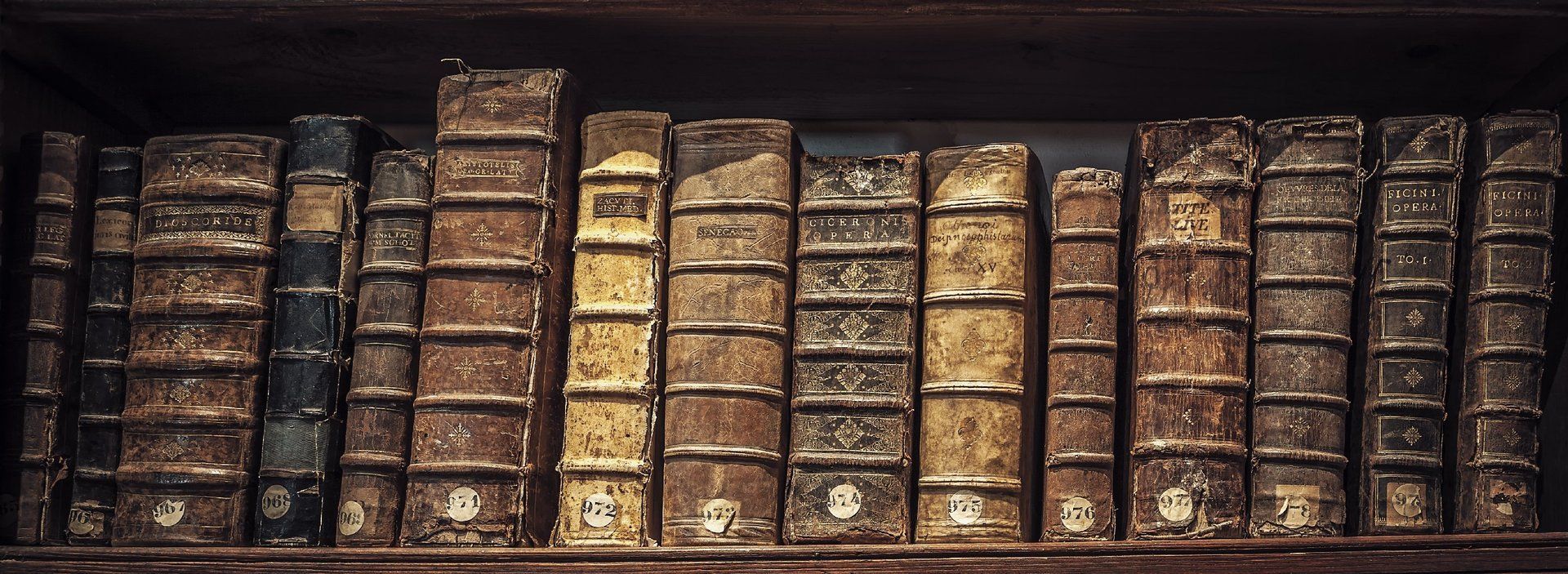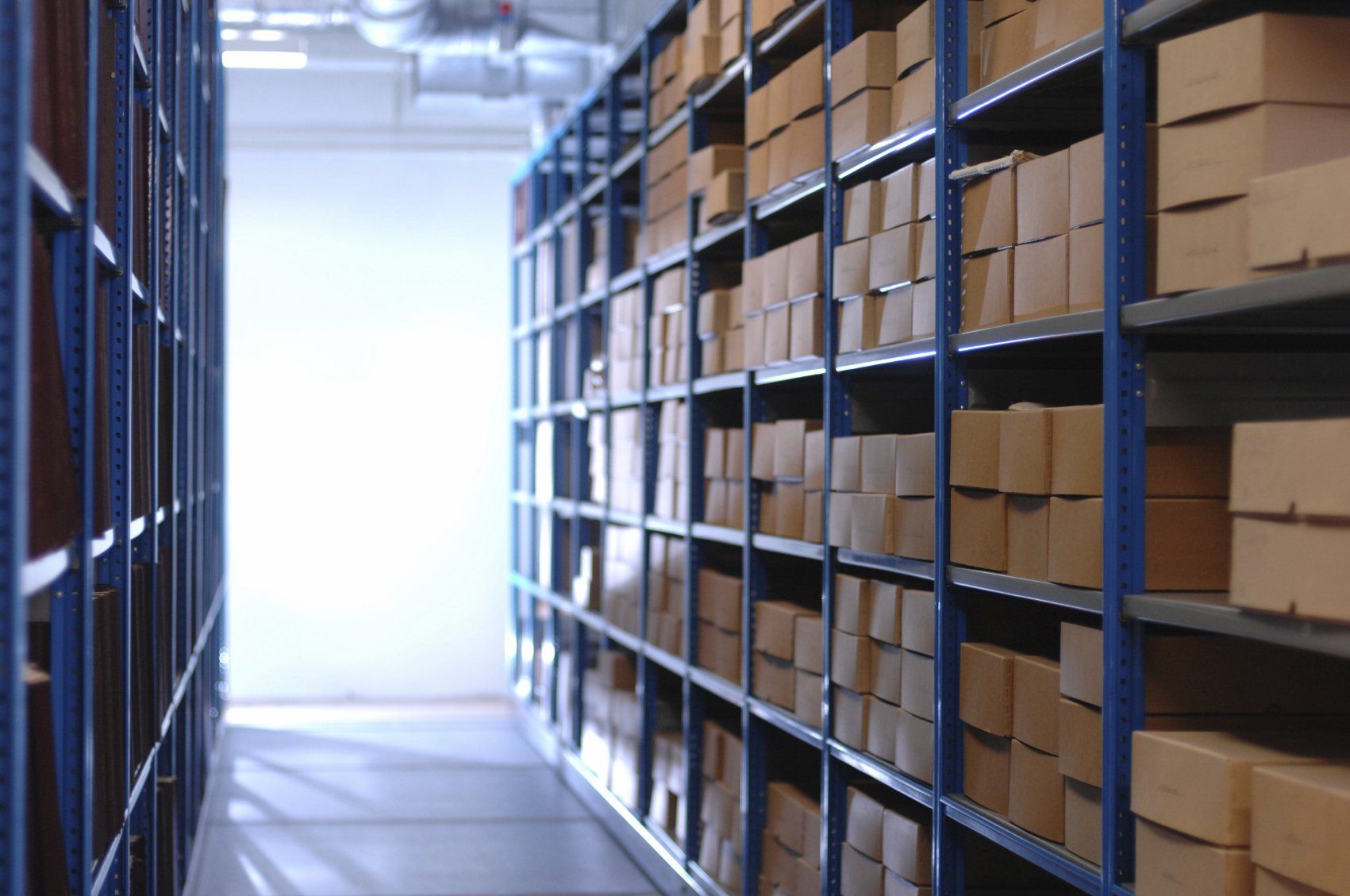Solutions for Cultural Heritage
Document Digitization
Unlock the stories of history and safeguard invaluable cultural assets with our advanced document digitization solutions. Experience the power of AI technology in preserving your cultural legacy.
FADGI Document Scanner
Cultural heritage preservation and digitization is very important but it can also be challenging. The first step towards digitization of cultural heritage documents is to scan them and create a digital format. Here at interScan we have several production scanners that could act as a cultural heritage scanner for documents. The main advantage is that they are of a very high quality, in line with the importance of cultural heritage digitization and can operate at a very high speed. Our scanners are FADGI compliant, in line with cultural heritage guidelines for document scanning. This can make sure that your cultural heritage materials comply with FADGI if required.
DeskPro Series 3x1
- 100ppm and 120ppm
- Belt transport system.
- Compact & cost effective.
- Variable input pressure.
- Paper Clip Detection.
- FADGI Compliant.
DeskPro Series 6x1
- 120, 150, 180 and 210ppm.
- Straight-Through Paper Path.
- Compact & powerful.
- Paper Clip Detection.
- HD Imprinter.
- FADGI Compliant.
HiPro Series 8x1
- 160, 220, and 300ppm.
- High-speed stacker arms
- Dual hopper/third output sorter. Height-Adjustable.
- HD Imprinter.
- FADGI Compliant.
Cultural Heritage Digitization Challenges
Solution
Prepare the document
Prepare the documents to be easily scanned in the document scanner of your choice
Digitize the document
Using high quality production document scanners
AI Integration
Using AI software, recognize all the text of the document and then incorporate it into an AI workflow to classify or index, extract metadata or even directly interact with the document.
JetStream AI for Cultural Heritage
JetStream is an AI powered software suite with several modules, including recognition, classification and extraction. AI can really improve automation and efficiency in document workflows. For cultural heritage specifically AI can help to speed up the digitization process, as well as add additional features to digitized documents.
Handwritten Recognition
The JetStream
Recognition
module is specifically trained on historical handwritten texts and can also be easily trained to any specific sort of historical handwritting. This gives the software a minimum of 95% accuracy on most recognition tasks. The recognized text can easily be exported and used in any followup step in the workflow or it can create a PDF with a hidden text layer to make the document searchable.
AI Classification for Cultural Heritage
JetStream's Classification module offers a way to train and set up a quick AI powered classification workflow. For cultural heritage this could mean that you can automatically classify if something is a letter or a different kind of document, or for example even what type of letter it is based on the recipient of the letter.
Incorporating a Large Language Model in Cultural Heritage
One of the main ways to add a lot of additional features and functionality to your document workflow is by incorporating a Large Language Model into the workflow. It allows you to directly interact with a document. For example you can ask questions to the document, like write an abstract or which people are mentioned in this document. By doing so you can easily add additional information to the document or use it to interlink documents that for example make a mention of a specific person automatically.
Cultural Heritage FAQ
What is cultural heritage
Cultural heritage encompasses the inherited traditions, artifacts, and practices that define the identity and history of a particular community, society, or nation. It includes both tangible elements, such as historical buildings, monuments, artworks, artifacts, and manuscripts, and intangible elements, like customs, languages, folklore, music, and rituals. Tangible heritage preserves physical connections to the past, while intangible heritage captures the cultural expressions and ways of life that are passed down through generations.
This collective heritage offers a window into the values, beliefs, and artistic achievements of different peoples and times, helping to create a sense of identity and continuity. Preserving cultural heritage is essential for safeguarding this connection to the past and ensuring that future generations can appreciate, learn from, and continue the cultural traditions that define their heritage. Through preservation efforts, cultural heritage remains a living legacy that enriches societies and fosters mutual understanding and respect across cultures.
What is national cultural heritage
National cultural heritage refers to the collective cultural assets and traditions that hold historical, artistic, social, or cultural significance to a particular country and its people. It encompasses both tangible and intangible elements that reflect the identity, history, values, and customs of a nation. Tangible elements may include monuments, historical sites, buildings, artifacts, artworks, and manuscripts that embody the nation's historical experiences. Intangible elements involve traditions, languages, customs, music, dance, rituals, folklore, and other practices that shape and express a country’s unique cultural identity.
National cultural heritage serves as a means of fostering a shared sense of belonging, pride, and continuity among citizens. It is often protected and promoted through national laws, preservation efforts, cultural policies, and educational initiatives, all aimed at safeguarding and showcasing the richness and diversity of a nation's cultural legacy for both present and future generations.
How do we preserve our cultural heritage
Preserving our cultural heritage requires a multifaceted approach that protects both tangible and intangible elements, ensuring they remain accessible and meaningful for future generations. Preservation efforts include conservation and restoration of physical artifacts, monuments, and traditional practices, as well as safeguarding intangible heritage such as oral traditions, languages, and craftsmanship. Educational programs, community involvement, and government initiatives play key roles in raising awareness and promoting cultural heritage appreciation.
A crucial aspect of preserving cultural heritage is digitization. By using interScan's production scanners, institutions can digitize historical documents, manuscripts, and books, transforming physical items into high-quality digital records. This process not only protects the originals but also makes the content widely accessible, enabling researchers, educators, and the public to engage with these materials online. With interScan's advanced scanning technology, cultural heritage documents can be preserved with precision, providing a bridge between the past and future generations.
What are examples of cultural heritage
Cultural heritage encompasses a wide array of tangible and intangible elements that reflect the history, values, and traditions of a group, society, or nation. Examples of tangible cultural heritage include monuments such as castles, historic buildings, archaeological sites, sculptures, and traditional artifacts like tools, costumes, or jewelry. Manuscripts, paintings, and other works of art also form part of a community's cultural heritage. These items preserve the legacy of past generations and provide a connection to historical and cultural roots.
In contrast, intangible cultural heritage consists of traditions, practices, and expressions such as folklore, music, dance, rituals, language, and oral storytelling. Festivals, traditional craftsmanship, and culinary practices also fall into this category. These elements contribute to the cultural identity of a people and are passed down from generation to generation, often evolving over time while retaining their core essence. Together, tangible and intangible cultural heritage provide a comprehensive understanding of the historical and cultural fabric of societies around the world.
Request a Demo
We are excited to answer any questions and can provide virtual demonstrations, document testing and free trials.







